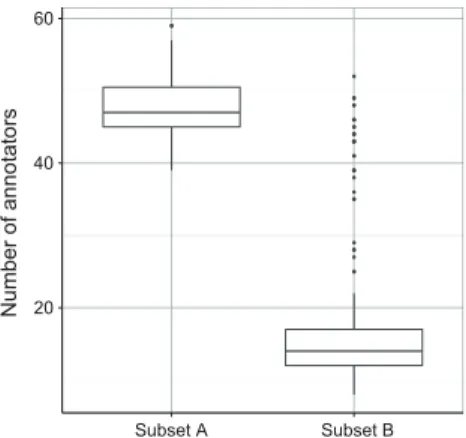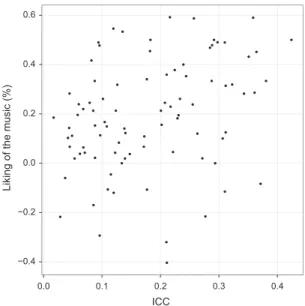Studying emotion induced by music through a crowdsourcing game
Full text
Figure




Related documents
For the purposes of this study no female offenders were included because, of the approximately 1,800 incest sex offenders arrested and convicted in the state of Hawai’i between
This systematic review of the evidence base relating to intraindividual co-occurring modifiable risk factors for dementia and cognitive decline found a clear rela- tionship
Method: We evaluated a cohort of 589 hospitalized psychiatric patients with severe mental illnesses at a nonprofit, university-affiliated psychiatric hospital for factors
Damghani Ancient Hill of Sabzevar in northeast of Iran, in addition to introducing artifacts of Chalcolithic and Bronze Periods, introduces an open air Site of
Information and resources included in this guide were adapted from Centers for Medicare and Medicaid Publications, Preparing for Emergencies; A Guide for People on Dialysis ,
primary aim of the study was to assess the usefulness of Corvis by evaluating an agreement with gold standard GAT in healthy, ocular hypertension (OHT) and primary
The proposed algorithm investigates the successful implementation of the wavelet transform based alienation coefficient approach for effective detection of islanding, detection
Focusing on Honduras and Nicaragua, Wells and colleagues (2007) conducted a comparative case study in 2002, focusing on illegal logging and timber trade. They use secondary